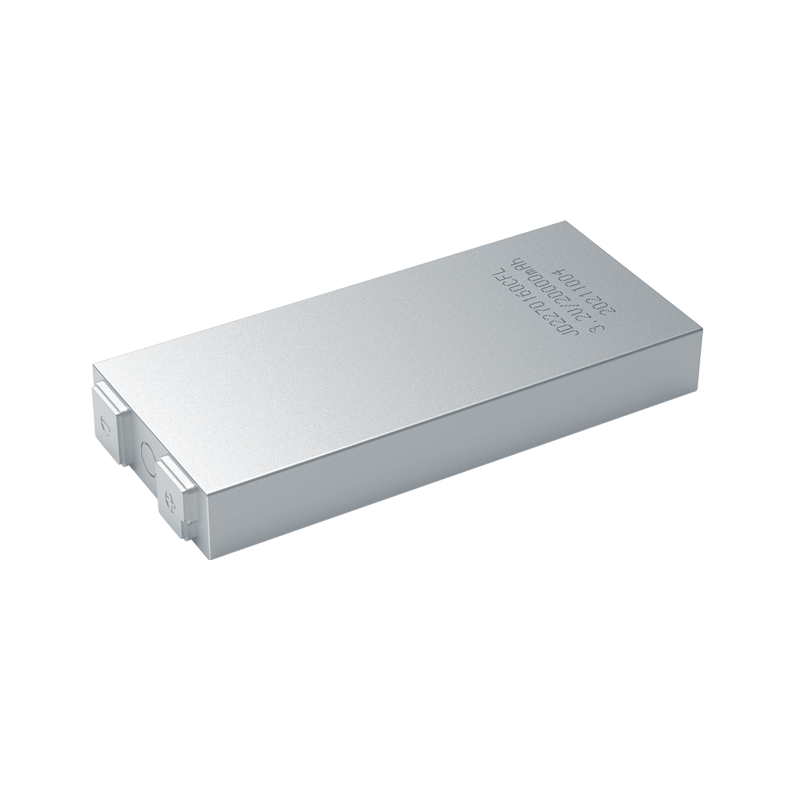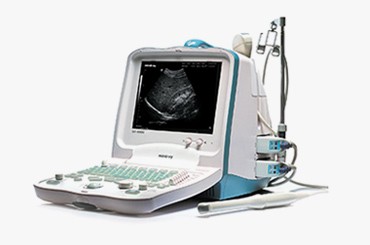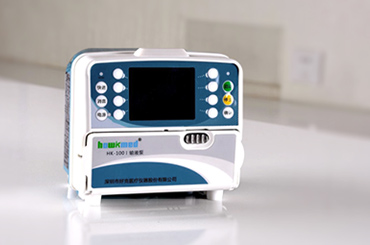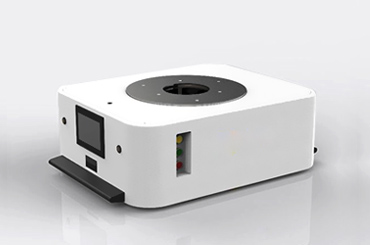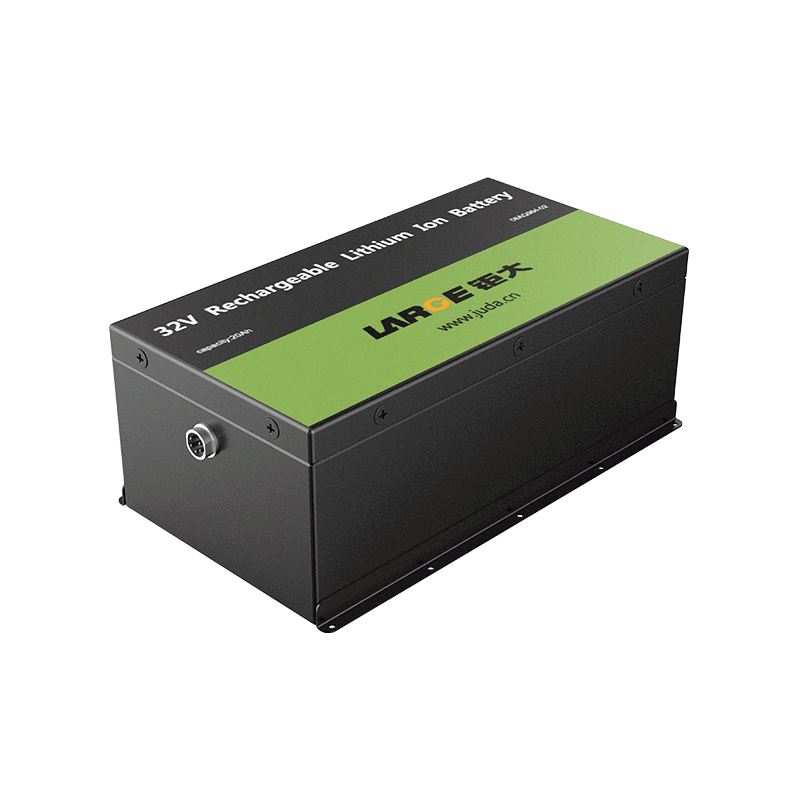-
Introduction to Carbon Foam Technology+
- What is carbon foam technology?
- Development and Advantages
-
Who developed the lightweight Firefly batteries?
-
Comparison to Conventional Batteries+
- Applications and Benefits
-
How long does a carbon foam battery last?
Carbon Foam Battery: Introduction, Development, and Cycle Life
APR 18, 2025 Pageview:818
Over the years, Lithium-ion batteries and lead-acid batteries have dominated the battery world, however, they have been associated with problems that have led developers to look for an alternative battery that has fewer problems. Lithium--ion batteries are known for their high density and long cycle life. They also have issues with safety, high cost, and a limited supply of resources among others. Carbon foam technology removes almost all limitations of conventional lead-acid battery products, making it a promising alternative.
Lead-acid on the other hand has been used for its reliability, affordability, and environmentally friendly aspects. Many users have complained of its corrosion, electrolytes diffusion in one way, and its heavyweight. All these problems associated with the two batteries have made developers seek an alternative battery that solves all the above-mentioned problems.
The lightweight carbon foam battery, with its advanced carbon foam structure, was developed and it proved to have a high surface area, corrosion resistor, and good thermal/electrical conductivity. The cycle life of a carbon foam battery is 2-3 times that of lithium batteries. Firefly technology increases the cycle life of batteries by a factor of two to three times compared to conventional lead-acid batteries without additional cost.
Introduction to Carbon Foam Technology
Carbon foam technology is a revolutionary innovation in the field of battery manufacturing. This cutting-edge technology involves the use of carbon foam as a grid material in lead acid batteries, effectively replacing the traditional lead grids. Pioneered by Firefly, a company renowned for its patented process of creating carbon foam electrodes, this technology has the potential to significantly enhance the performance and lifespan of lead acid batteries.
By incorporating carbon foam, batteries can be designed to have faster recharge capabilities and improved partial state of charge performance. This means that carbon foam batteries not only charge more quickly but also maintain their efficiency even when not fully charged. The unique properties of carbon foam make it an ideal material for modern battery applications, offering a promising alternative to conventional lead acid batteries.
What is carbon foam technology?
A carbon foam battery is a battery that has a carbon foam-based porous foam with an addition of thousands of open pores/cells. Many users have been demanding renewable energy storage batteries and this has led to the research and development of carbon foam batteries. This type of battery has been used on carbon foam technology and has proved to give the best performance compared to other batteries if lead-acid.
The carbon foam battery has a structure where the small separator reservoir is redistributed to the pores of the battery plates, effectively demonstrating how the carbon foam structure redistributes the electrolyte, enhancing efficiency. That has shown that the efficiency of the battery is more and thus increases the chemistry of the lead-acid chemistry. Each of the microcells in the structure is followed by a sulfuric acid electrolyte or lead oxide.
Compared to the other batteries, carbon foam has the longest lifespan. The lifespan is estimated to be four times longer than that of gel and flooded batteries. More is that the battery is good and effective since it prevents corrosion better than the other batteries. The carbon foam grid structure allows for higher power and energy delivery compared to conventional batteries, further enhancing its performance.
Most electric vehicle manufactures have a higher demand for the battery since there is a big demand for these types of cars as fossil fuels are being avoided for environmental protection. It has been easier for the manufacture of the batteries because the raw material is easily available.
This type of battery is being used in the following sectors; power grids, load shifting, and energy storage systems among others. It is important to note that the carbon foams are porous and the pores in the battery are responsible for the increased efficiency of the battery.
Development and Advantages
The development of carbon foam technology was driven by the need for more efficient and sustainable battery solutions. Carbon foam electrodes offer several advantages over traditional lead grids, including improved conductivity and reduced weight. These benefits translate to better overall performance and longer battery life.
One of the key advantages of using carbon foam is the reduction of lead in the battery grid structure, making it a more environmentally friendly option. Studies have shown that carbon foam batteries can have up to 3.6 times more cycles than conventional lead acid batteries, highlighting their extended lifespan. Additionally, these advanced material batteries boast faster recharge capabilities, making them ideal for applications where rapid charging is essential.
Who developed the lightweight Firefly batteries?
Dr. Rajeev together with a research group is the individual who developed the lightweight carbon foam batteries. The battery was developed under the INSPIRE fellowship where they came up with a carbon foam with a density of 0.3g/cc and less. They also made the battery 85% porous which enables it to have a very good mechanical strength. Carbon foam is made of high purity carbon and has a very low bulk density of below 0.04 g/cc, contributing to its lightweight and efficiency.
The doctor together with his crew developed the battery that strongly depends on the energy storage system and they assured that they could replace the lead-acid batteries which were highly corroded and also has poor thermal stability.
Dr. Rajeev Kumar comes from the CSIR-Advanced Material Processes Research Institute, Bhopal and he and his group have been developing porous carbon materials and as a result, they developed lightweight foam batteries which are said to replace the lead-acid grid in the lead-acid batteries.
The doctor is an oncologist and he received the INSPIRE faculty award which was given to him by the Department of Science and Technology in India. The doctor at the beginning of the development stated that the carbon foam was set to replace the lead grid in the lead-acid batteries.
Most of the uses of the batteries according to Dr. Rajeev would be in the water purification systems, hydrogen storage, and in the heating of sinks in the power electronics among others.
Comparison to Conventional Batteries
Carbon foam batteries offer several advantages over conventional lead acid batteries, including improved performance and lifespan. Unlike AGM batteries, which use a different type of grid material, carbon foam batteries have a unique structure that redistributes stress and enhances durability. This innovative design helps mitigate common issues such as sulfation, which often leads to premature failure in conventional lead acid batteries.
When compared to other advanced material batteries, such as lithium-ion batteries, carbon foam batteries stand out for their performance and sustainability. While lithium-ion batteries have different chemistries, they may not offer the same level of cost-effectiveness and environmental benefits as carbon foam batteries. Overall, carbon foam batteries provide a more accessible and reliable option for a wide range of applications.
Applications and Benefits
Carbon foam batteries are ideal for applications where high performance and sustainability are critical, such as in renewable energy systems and electric vehicles. Their faster recharge capabilities and improved partial state of charge performance make them well-suited for scenarios where rapid charging is required. Additionally, the reduced weight and improved conductivity of carbon foam batteries make them perfect for applications where space and weight are limited.
The use of carbon foam technology also helps reduce the environmental impact of battery manufacturing, making it a more sustainable option for many industries. Overall, carbon foam batteries offer a range of benefits and advantages, including longer lifespan, faster recharge times, and improved durability, making them an attractive option for various applications.
How long does a carbon foam battery last?
The carbon foam battery lasts two to three times than the lead-acid batteries. It is proven that they take less time to charge and to be precise they take half the time the rest of the batteries take. The lead-acid batteries have a life that lasts for 3-5 years and when one is well maintained it can take up to 12 years.
A carbon foam battery on the other hand lasts 2-3 times longer than the lead-acid making its time to be between 5- 10 years or more if maintenance is done very well. The lifespan of lead-acid batteries is affected by corrosion and since carbon foam is resistant to that then, its time is longer. The carbon foam charges faster and it is easily compared to lithium because of most of its characteristics as compared to that of lead-acid.
When compared to lithium, carbon foam has proven to not be charged fully all the time because of its ability to prevent sulfation as lithium does. More is that its depth of discharge can be done without any interference to the performance of the battery.
Lastly, the carbon foam battery can be charged easily even though the temperatures are very low. One of the most used carbon foam batteries is the firefly carbon foam battery. Firefly batteries can be built for three-fifths the cost of other advanced material batteries, making them a cost-effective option.
The development of carbon foam batteries has been a result of the high demand for renewable energy storage systems together with the introduction of electric vehicles. As discussed above, Dr. Rajeev and his group researched and came up with the batteries, and through their use, they have proven to be better than the lead-acid batteries. They have proved to reduce sulfation, corrosion and have a longer life span which makes them very effective.
The carbon foam battery has a lifespan that is longer than most of the other batteries some of which include absorbent glass mat, flooded, and gel batteries. Lastly, the batteries have shown that they can be used in wide applications like the Renewable, marine,special, and automotive sectors.
- Prev Article: Battery Recycle Centers- Disposal and Methods
- Next Article: Car Battery Died While Driving- Reasons and Solutions
Leave Message
Hottest Categories
-
Hottest Industry News
-
Latest Industry News





